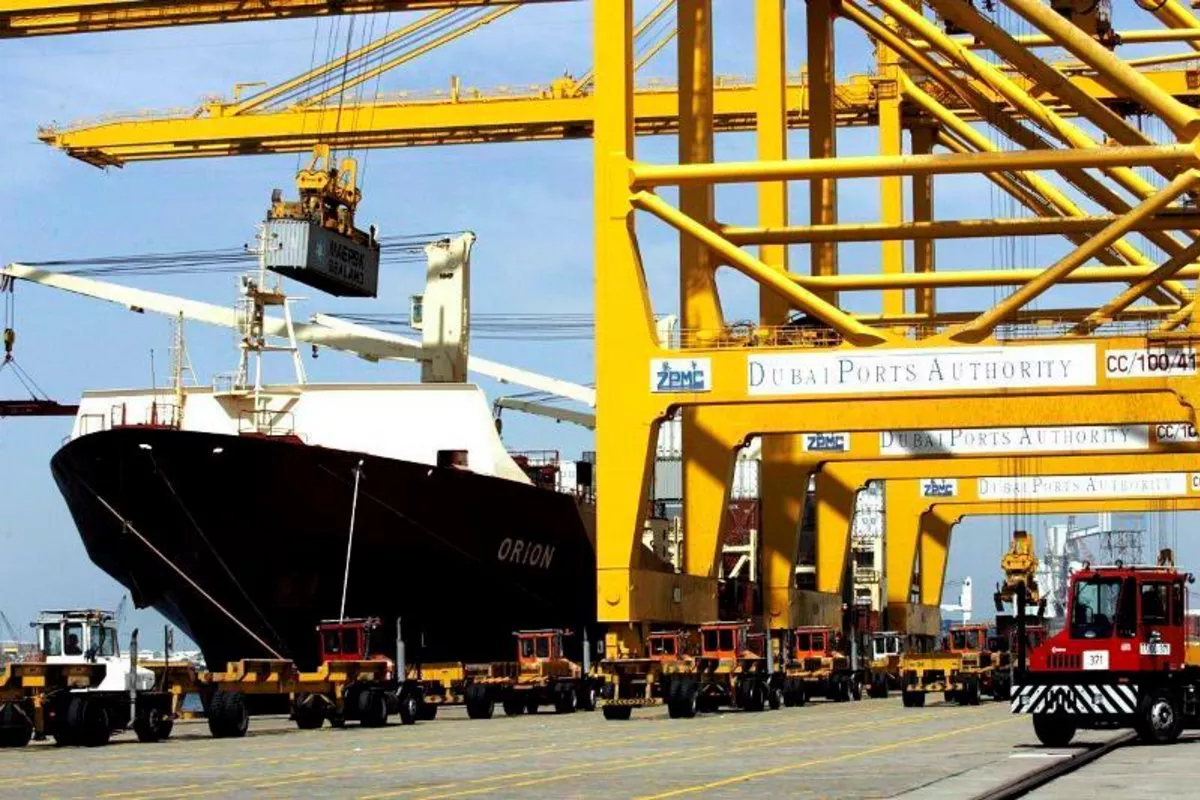
Analysts are projecting continued growth in trade between Central Asia and the Gulf region, driven by rising demand and expanding economic ties.
According to the Eurasian Development Bank (EDB), trade in goods between the Gulf countries and Central Asia reached $3.3 billion in 2024, more than four times the 2020 level, with around 80 per cent of this trade representing Central Asian imports from the Gulf, The Caspian Post reports via Tajik media.
Turkmenistan emerged as the largest regional partner, accounting for $2 billion (61 per cent of total trade), followed by Uzbekistan with $740 million (23 per cent) and Kazakhstan with $302 million (9 per cent). The fastest growth was recorded in Turkmenistan (9.9-fold), Kyrgyzstan (9.5-fold), and Uzbekistan (8.1-fold).
Among the Gulf nations, the UAE remains the dominant partner, responsible for 97 per cent of trade with Central Asia. Trade with Gulf countries is particularly significant for Turkmenistan, making up around 10 per cent of its total foreign trade turnover, while for Kyrgyzstan it accounts for 1 per cent, and for other Central Asian states less than 1 per cent.
EDB specialists estimate unrealized trade potential at $4.9 billion, 150 per cent above current volumes. Of this, $4.4 billion could come from Gulf exports (including cars, electronics, and jewelry), while $500 million represents potential exports from Central Asia (precious and non-ferrous metals, agricultural products).
Tajikistan’s trade with the Gulf also saw strong growth, increasing 4.7 times from $19.6 million in 2020 to nearly $93 million in 2024, with the UAE maintaining its position as the main partner, holding a 93 per cent share in 2020 and 99 per cent in 2024.
Notably, three of the five Central Asian countries-Kazakhstan, Kyrgyzstan, and Tajikistan-are members of the EDB.
The Gulf region generally refers to the six Gulf Cooperation Council (GCC) Arab states-Bahrain, Qatar, Kuwait, UAE, Oman, and Saudi Arabia. While Iraq is occasionally included, official statistics focus on the GCC nations. Although geographically part of the Persian Gulf, Iran is usually excluded due to:
Not being an Arab country;
Long-standing political tensions with GCC states, including regional influence competition and conflicts in Yemen, Syria, and Iraq;
The GCC’s formation in 1981 as a bloc of Arab monarchies responding to Iran after the 1979 Islamic Revolution.
Share on social media